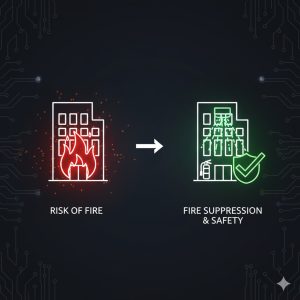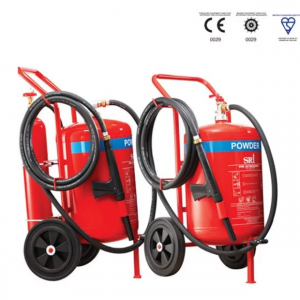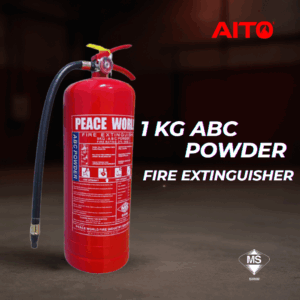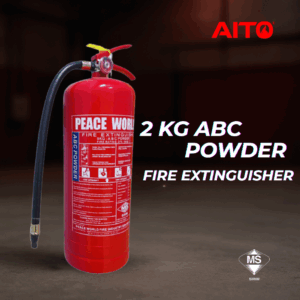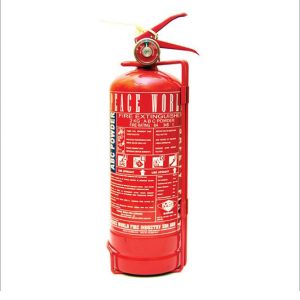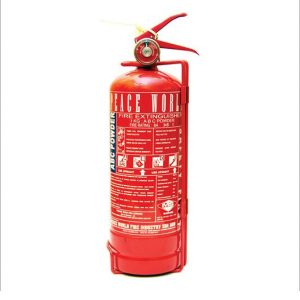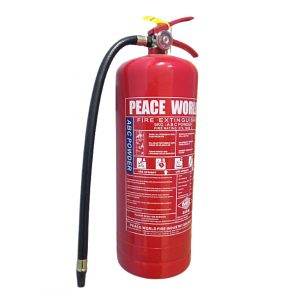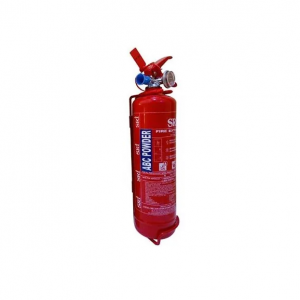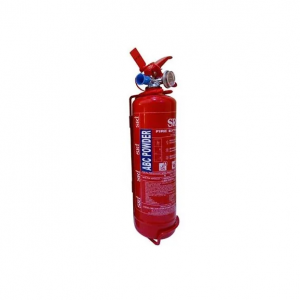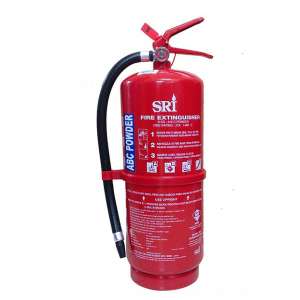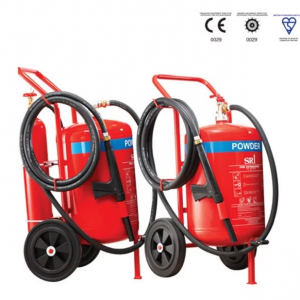IS HYDROCARBON REFRIGERANT SAFE ENOUGH FOR US NOR A ‘TIME BOMB’?
Does hydrocarbon refrigerant follow refrigerant safety guideline? If you’re getting your AC unit recharged, make sure you’re getting what you’re paying for and something that won’t hurt your family)

Our country Malaysia has ratified the Montreal Protocol on 29th August 1989 and targeted a 10% reduction in hydrochlorofluorocarbon (HCFC) consumption, beginning 2016 with the banning of 2.5 horsepower (hp) and below in air-conditioning (AC) equipment to be used. The Department of Environment (DOE) Malaysia, has devised the HCFC Phase-out Management Plan by moderately reducing the protectorate, beginning with the reduction of 10%, 35%, 67.5 % and total phase out for the year, 2015, 2020, 2030 and 2040, respectively with only minimal quantities usage for servicing purposes (DOE 2010).
How familiar we are with hydrocarbon (HC) refrigerant?
There are two types of refrigerants used which are Ozone Friendly Refrigerants (HFC’s, HFC’s Blends and Halogen Free Gases) and the other one is Ozone Depleting Refrigerants (CFC’s, HCFC’s and combination of CFC’s, HCFC’s, HFC’s and HC’s Blends). Thus, how familiar we are with hydrocarbon (HC) refrigerant? Conventional coolant type such as R-22 (CHClF2), R-23 (CHF3), R32 (CH2F2) or even R-134a (CF3CF2F) are normally is a non-flammable but recently an introducing of the HC refrigerant in Asia region including Malaysia has become a new phenomenon.
Do we know that most domestic refrigerators sold in Malaysia recently consist of hydrocarbon refrigerants with isobutane (HC 600a) due to similar thermodynamic properties it had with the HFC R-134a refrigerant which it replaces? Those already equipped with isobutane, a hydrocarbon designated as R-600a by the American Society of Heating, Refrigerating and Air-Conditioning Engineers (ASHRAE) standards as refrigerants. In such case, do consider also the centralized system and the mobile refrigerator which has the same potential to be applied.
What worried the most? Refrigerant safety?
Of course, the HC’s chemical properties itself which clustered as Hazard Class 2 of gaseous but more specific under Division 2.1 (flammable gas) which consist of any materials that is a gas at 20°C (68°F) or less and 101.3 kPa (14.7 psi) of pressure, a material that has a boiling point of 20°C (68°F) or less at 101.3 kPa (14.7 psi), and that is ignitable at 101.3 kPa (14.7 psi) when in a mixture of 13 percent or less by volume with air and has a flammable range at 101.3 kPa (14.7 psi) with air of at least 12 percent regardless of the lower limit according to Canadian transportation of dangerous good.
Moreover, there are cases of modification and drop in use of hydrocarbon refrigerants throughout Malaysia rather than having a new equipment and components that are specifically designed HC use. Thus, what is the guarantee for us, having an illegal intervention of the existing system components to ensure HC refrigerant been used? Just imagine that for all this while that the storage and piping is filled up with non-flammable materials but now with the flammable materials. Does it sound like a ‘time bomb’ waiting to explode? This potential hazard not only risking the occupants of the said building only but also the frontliner in the line of duty. Who else if not our heroic firefighter/ woman firefighter and Fire Investigation Officer on the scene of fire incidents?.
The Fire and Rescue Department of Malaysia (FRDM) only allows equipment that is compliance and manufactured specifically to use HC and prohibits any form of HC “drop in” to replace HCFC R-22 even though it’s still occurred illegally without notification of respective authority.
Any modification to existing equipment that uses other than HC shall only be allowed to operate if certified professional engineers ensure the safety aspect are met. HC refrigerants are currently being imported from USA, Australia and Korea and these products are sold under different trade names or synonym. Those refrigerants are marketed as pure refrigerant grade propane and butane which as self-claimed by importers are made to suite air conditioner and refrigerator (ACR) equipment.
In Malaysia, yet so far there are no local manufacturers of ACR equipment using commercially available HC such as liquefied petroleum gas (LPG) as refrigerants, even though the LPG is produced locally here in Malaysia. Regarding the concerns on the flammability issue of HC refrigerants, various standards and guides were developed and used as a guideline basis to implement and safely practice this type of refrigerants.
To improve, here are some standard and guides related with HC refrigerants compliance which are The American Society of Heating Refrigerating and Air Conditioning Engineers (ASHRAE), the International Organisation for Standardization (ISO) for ISO 5149: 2014 Refrigeration and Systems and Heat Pumps-Safety and ISO 817:2014 is a standard that deals with ‘Refrigerants – Designation and Safety Classification’ including EN 378 which deals with “Refrigeration Systems and Heat Pumps – Safety and Environmental Requirements”.

Follow refrigerant safety, “ Prevention is better than cure”
AITO Firework provides fire safety consultant that will help you to provide solutions for your business.
Email us now to discuss how our fire safety consultants can assist you to follow the regulations to ensure your business is meeting its obligations.



